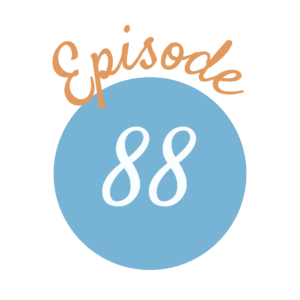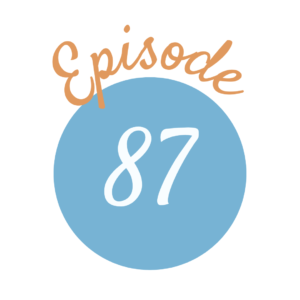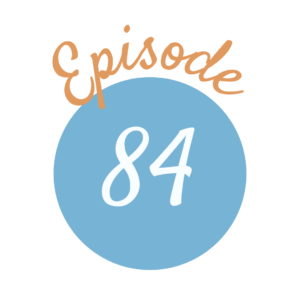
Listen Now:
“I should like to urge the importance of what may be called a poetic presentation of the life and teaching of Our Lord. The young reader should experience in this study a curious and delightful sense of harmonious development, of the rounding out of each incident, of the progressive unfolding which characterises Our Lord’s teaching…if we could only get a whole conception of Christ’s life among men and of the philosophic method of His teaching, His own words should be fulfilled and the Son of Man lifted up, would draw all men unto Himself.” (Vol. 6, pp. 165-66)
“Next in order to religious knowledge, history is the pivot upon which our curriculum turns.” (Vol. 6, p. 273)
“…somewhat stiffer book than that they have hitherto been engaged upon, together with [The Quennell’s] History of Everyday Things in England.” (Vol. 6, p. 176)
“Like Literature [Citizenship], too, is ancillary to History.” (Vol. 6, p. 185)
“The history studies of Forms V and VI (ages 15 to 18) are more advanced and more copious and depend for illustration upon readings in the literature of the period.” (Vol. 6, p. 176)
“In these Forms some definite teaching in the art of composition is advisable, but not too much, lest the young scholars be saddled with a stilted style which may encumber them for life.” (Vol. 6, p. 193)
History of Everyday Things in England
Elementary Practical Geography
Fearfully and Wonderfully Made
Edwin Way Teale’s Natural History Books
(Contains affiliate links)
How Nicole modified CM’s streams of science








